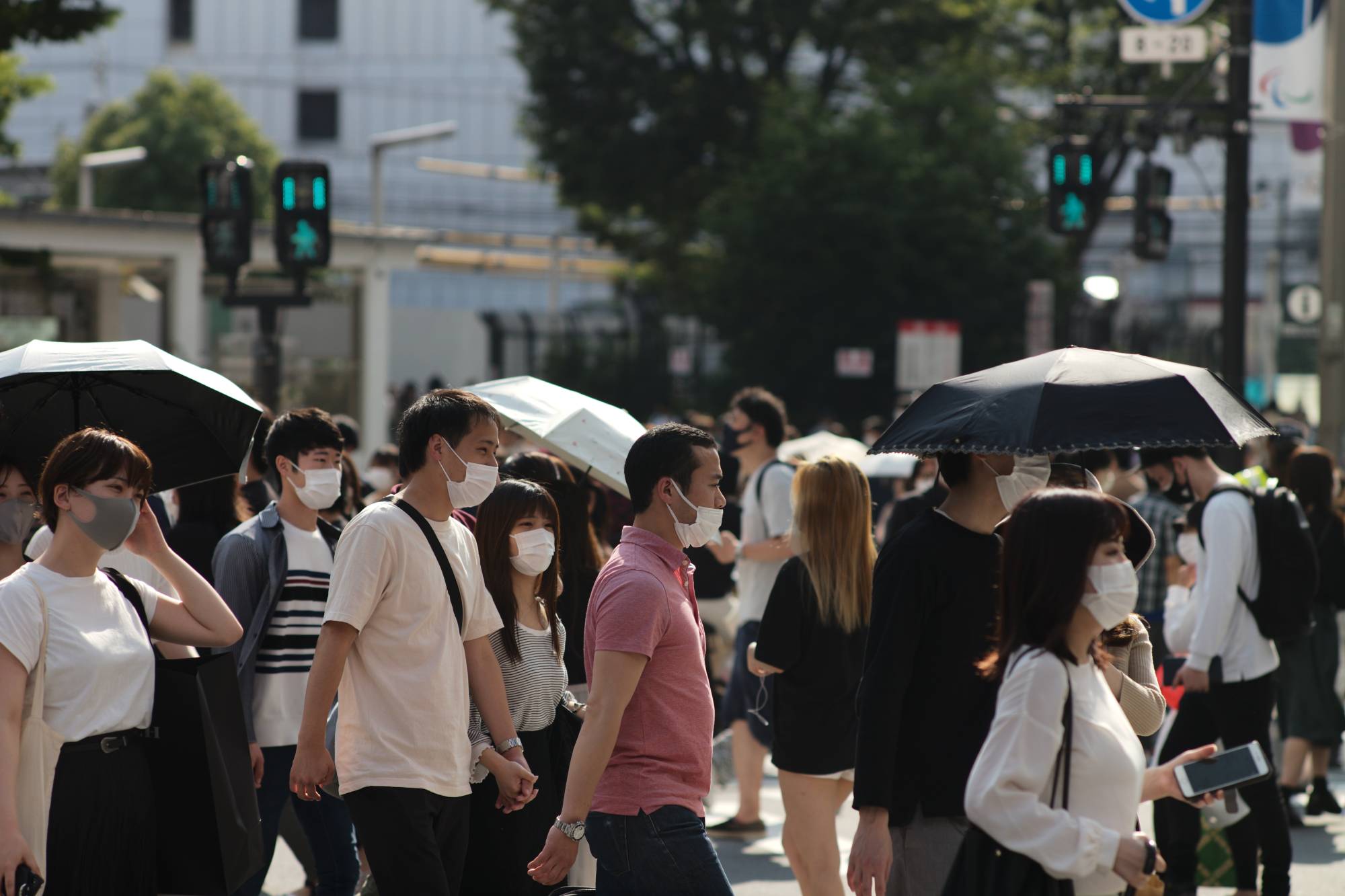Summer in Japan is not a fun prospect. While there are various things to look forward to — fireworks, beach visits and the Bon holidays among them — this quarter of the calendar is marked by one thing above all: the weather. Almost a month of the season is spent under the pulverizing humidity of tsuyu (the rainy season).
Even more humidity follows the endless gray skies and downpours. “Record high” temperature news has become a running theme for Japan since 2018, when Kumagaya, Saitama Prefecture, clocked a record 41.4 degrees Celsius — matched in Hamamatsu, Shizuoka Prefecture, last year. Cities throughout Japan, including Tokyo, now experience consecutive days of 35-plus degrees; these heatwaves see reporters soliciting vox pops from passersby on TV news — “Atsui desu ne?” (“Hot, isn’t it?”) Yes, indeed it is.
This sort of heat is dangerous. In 2019, over 12,000 people nationwide were hospitalized with heatstroke (necchūshō in Japanese). While preventing heatstroke could be as simple as keeping the air conditioning running day and night, that’s not necessarily the only thing you can do (nor should it be).



















With your current subscription plan you can comment on stories. However, before writing your first comment, please create a display name in the Profile section of your subscriber account page.